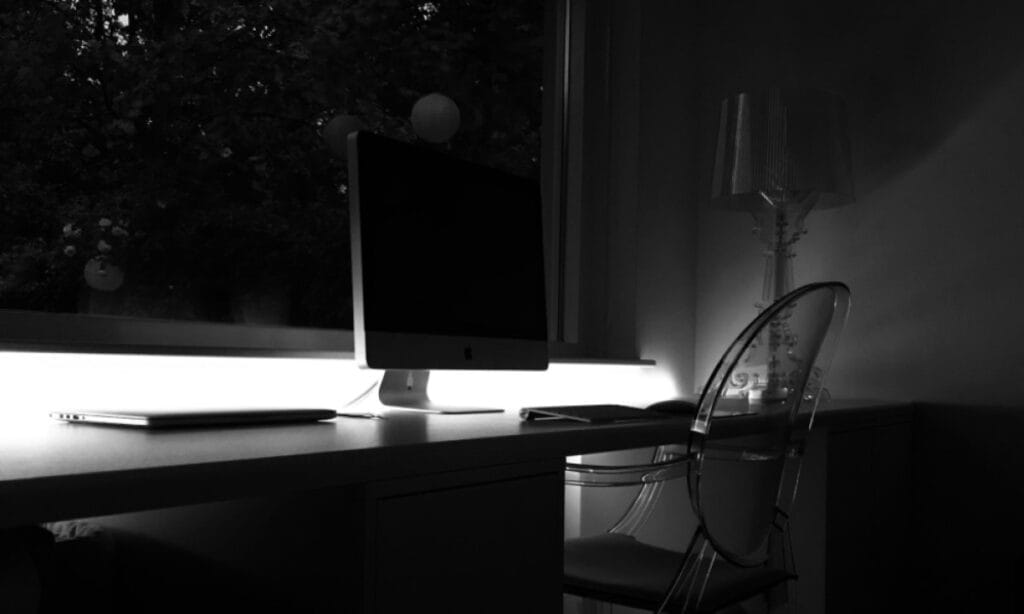
5 Surprising Germ Hotspots in the Office
Think the toilet seat is the dirtiest spot in the office? Think again. Some everyday items you use at work are hiding more germs than you’d ever expect.
By:
The Good Home Daily
Posted on June 2, 2025
No one wants to think about office germs. They’re invisible, which makes them easy to ignore.
It’s much more fun to imagine that we’re working in a clean workspace. But the truth is, office germs and bacteria are there, lurking on every surface. You may not realize it, but right now, you’re closer to the dirtiest spots in the office than you’d imagine.
You might think you know the dirtiest place in the office. Probably the bathroom, right? Wrong! While the restroom is definitely a contender, some other common areas are surprisingly… germy.
So, where are these hidden germ havens? And more importantly, what can you do about them? In this article, we’ll reveal the five most surprising germ hotspots in your office and provide simple tips for a cleaner, healthier workspace. Let’s tackle those office germs head-on!
1. Your Desk Area is a Germ Hotspot
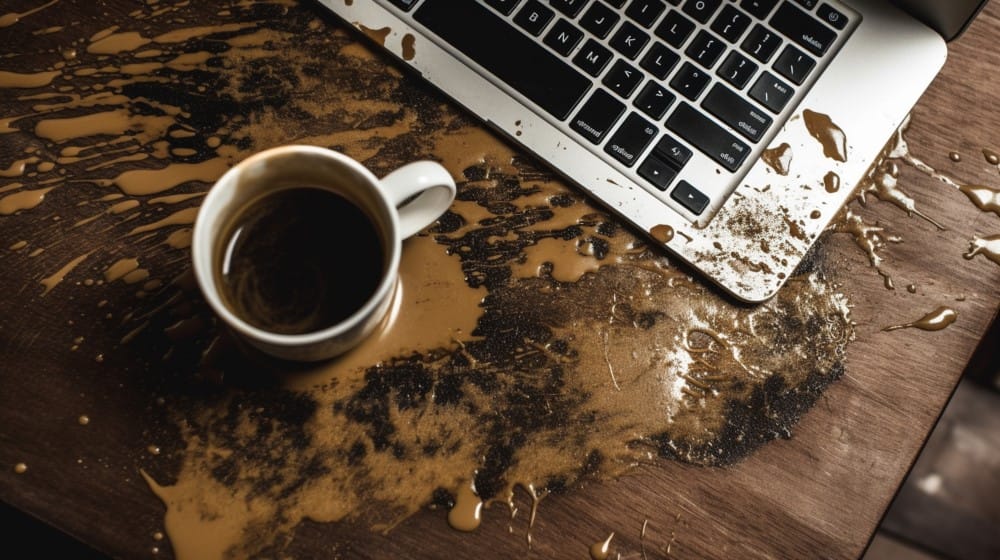
What’s your morning routine in the office? Grabbing coffee? Checking emails? You might want to add another step to your morning ritual: a quick desk wipe-down.
New data suggest that desks are among the dirtiest places in the office. A 2018 study revealed that the average desk holds 20,961 germs per square inch. You read that right! That is 400 times more germs than the average toilet seat. Yuck!
A Clorox study found high levels of Staphylococcus aureus, Salmonella, E. coli, Influenza, Coronaviruses, and—guess what—fecal matter! And if that was not gross enough, there were higher concentrations of fecal matter on the average desk than on the workplace toilet seat.
These germs can cause food poisoning, respiratory infections, and stomach issues. So, before you start your day at work, make sure to clean your desk with antibacterial material.
2. Keyboard and Mouse are Duplex for Office Germs
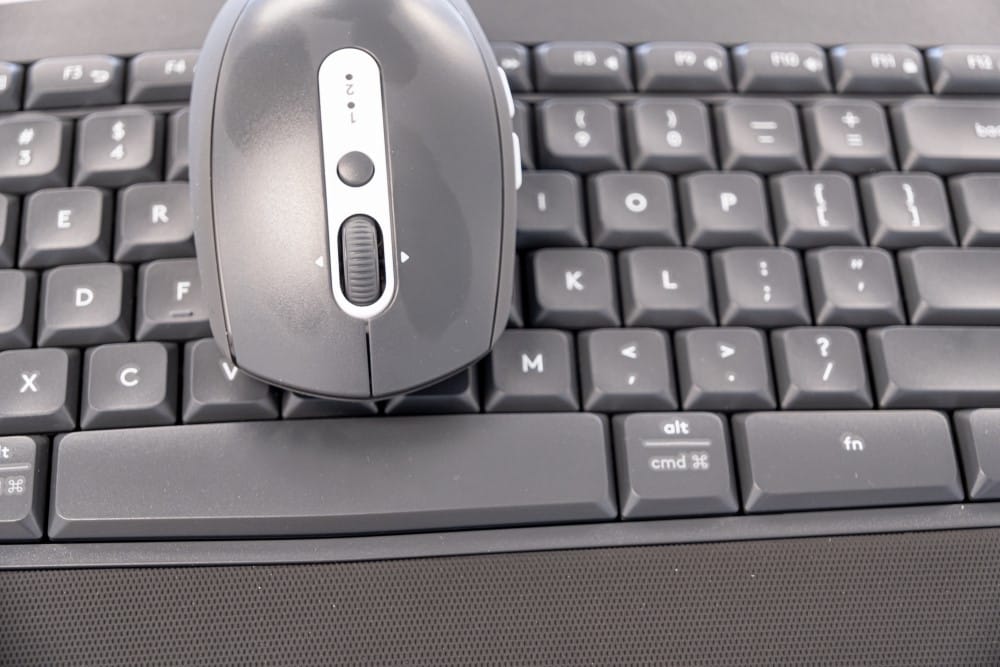
Throughout your workday, our hands are practically living on these two pieces of equipment: our keyboard and mouse.
Every task, every email, every moment you’re at your desk involves touching them. But did you know that every touch you make, you’re passing and picking up germs and other microscopic organisms, including E. coli and some gut bacteria?
You read that right. Your keyboard and mouse are among the dirtiest spots in an office.
Dr. Charles Gerba, the University of Arizona’s resident germ expert, conducted a study that revealed an average of 3,295 microbes per square inch lurking on keyboards. And your faithful mouse? It’s not far behind, harboring around 1,676 microbes per square inch.
What’s even more interesting is how sharing can amplify the germ situation. A 2009 study pointed out that computers used by multiple people tend to have a much wider variety and a higher count of microbes. Multi-user keyboards averaged a significant 20.1 colonies per square centimeter, while single-user keyboards had a considerably lower average of 4.5 colonies per square centimeter.
So, have you cleaned your keyboard and mouse today before you start clicking those keys?
3. Office Phones Are Calling with Germs
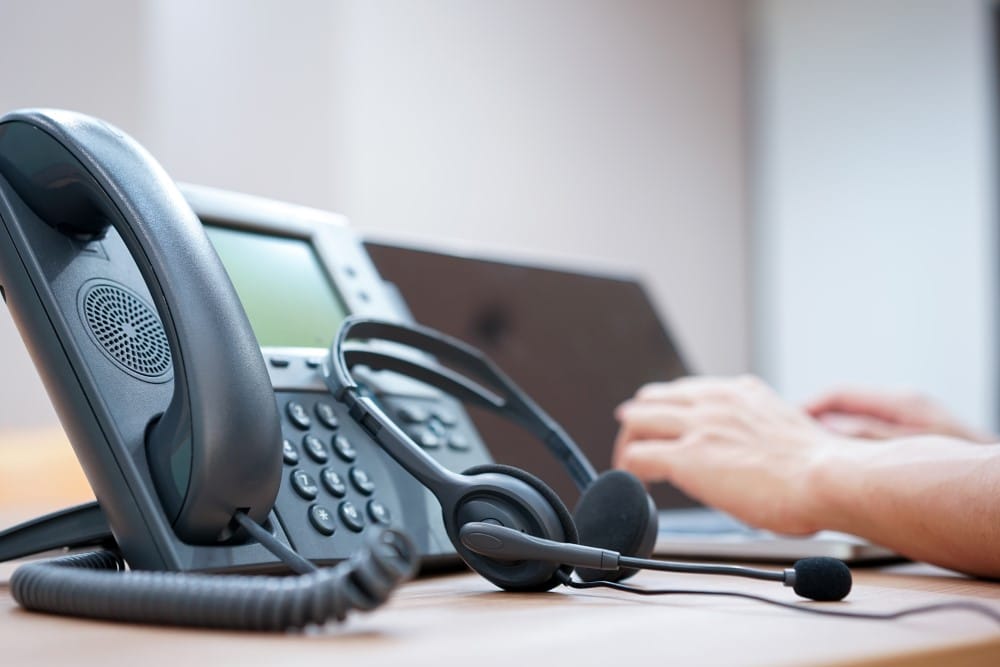
That phone you’re using for work right now could be bugged in a way you haven’t considered. We’re not talking about the spying kind but the microscopic kind. These include germs and bacteria like Helicobacter pylori and E. coli that can actually make you sick.
While different studies show varying counts of germs and microorganisms on office phones, one thing is clear across the board: your phone consistently ranks among the dirtiest spots in the office.
In fact, the Germiest Job Report highlighted that phones contained the most bacteria per square inch, clocking in at an average of 5,585! This is likely because the telephone is one of the most frequently used and shared devices in any workplace.
However, if you think you’re safe with your mobile phone, think again. A 2018 study revealed that 92% of the 25 mobile phones tested were contaminated with bacteria. While many of these were common skin and environmental bacteria, the study also alarmingly traced harmful coliform bacteria, including Escherichia coli, Enterobacter cloacae, and Klebsiella pneumoniae.
So, whether it’s your desk phone or your personal mobile, regular cleaning is important. Give your phone a wipe-down before you answer that next call!
4. All Handles Hold Hidden Germs Too
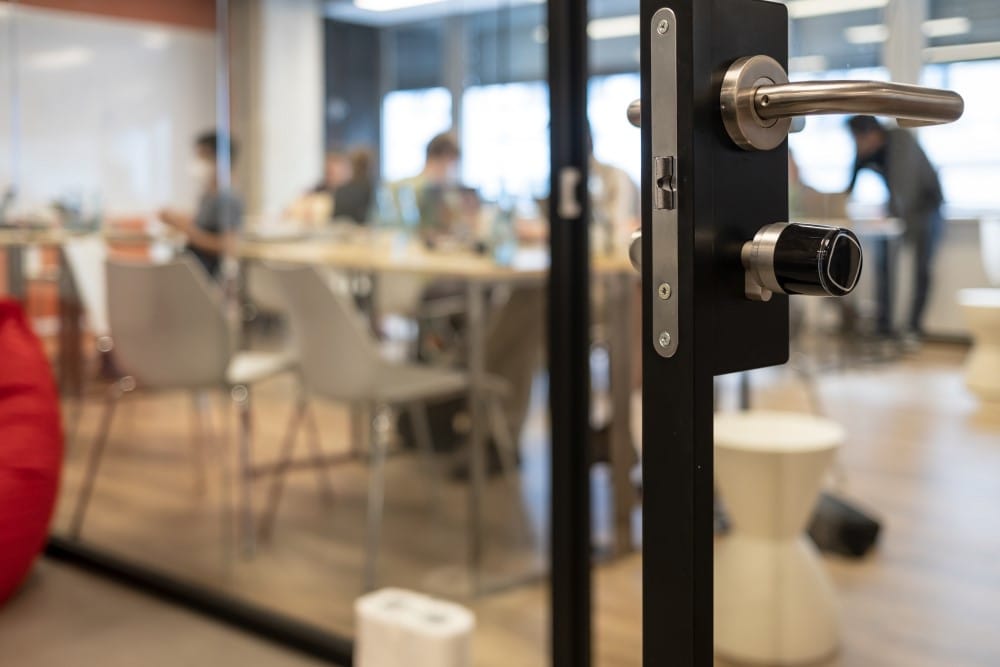
Think about all the things your hands touch around the office today, beyond your keyboard. Specifically, those handles – and guess what? They also harbor a large number of office germs.
Turns out, research shows that most of those handles we grab onto in the office are crawling with germs and bacteria. And get this, some of them harbor more microbes than you’d find on a toilet seat!
- Rim of a used mug – 1,746 germs per square inch
- Kettle handle – 2,483 germs per square inch
- Fridge door handle – 1,592 germs per square inch
- Cutlery drawer handle – 754 germs per square inch
These handles are our everyday touchpoints, whether we’re in the office or working from our home workstation. While cleaning them constantly isn’t always possible, washing our hands regularly is a simple way to protect ourselves.
5. Your Chair Could Be a Bacterial Throne
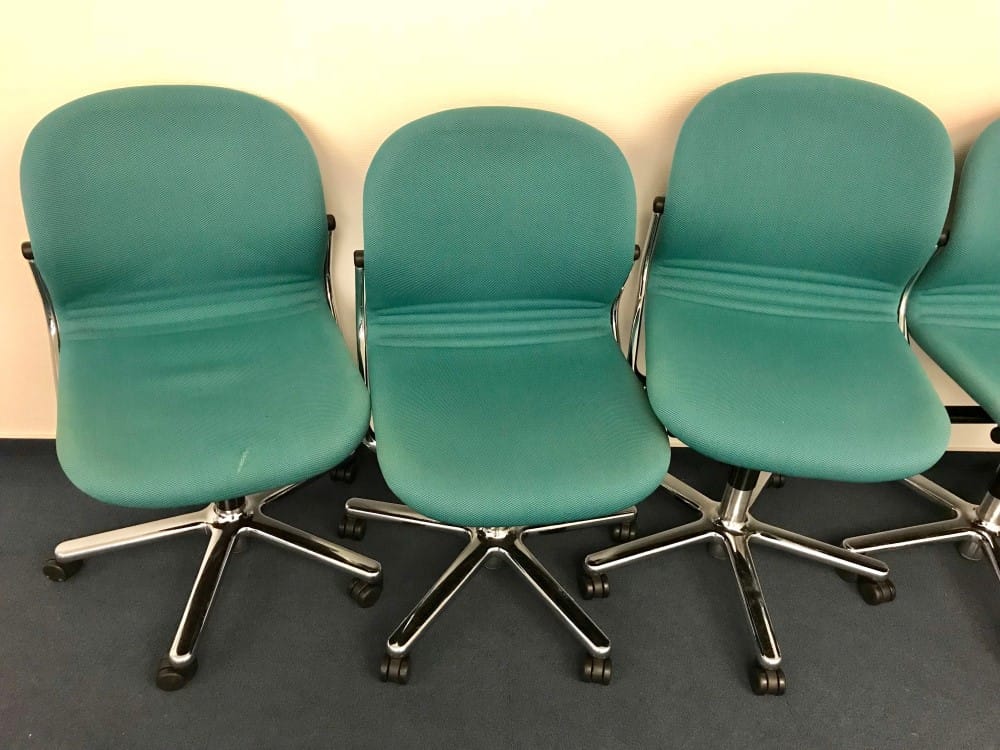
Are you comfortable in your office chair right now? Is that an ergonomic chair? If yes, then that’s great! However, you might not be the only one sitting there.
A 2012 study revealed that office chairs are among the most contaminated surfaces in the office. The research also found that chairs are dirtier than desks, computer mice, and other commonly touched items.
The types of bacteria found included common skin residents like Staphylococcus, Corynebacterium, and Propionibacterium, as well as Bacillus and other soil-associated bacteria likely brought in from clothing or shoes.
So, that mesh chair you’re relaxing in might be harboring more than just the promise of good posture if it’s not regularly cleaned and disinfected.
How Can You Protect Yourself From These Office Germs?
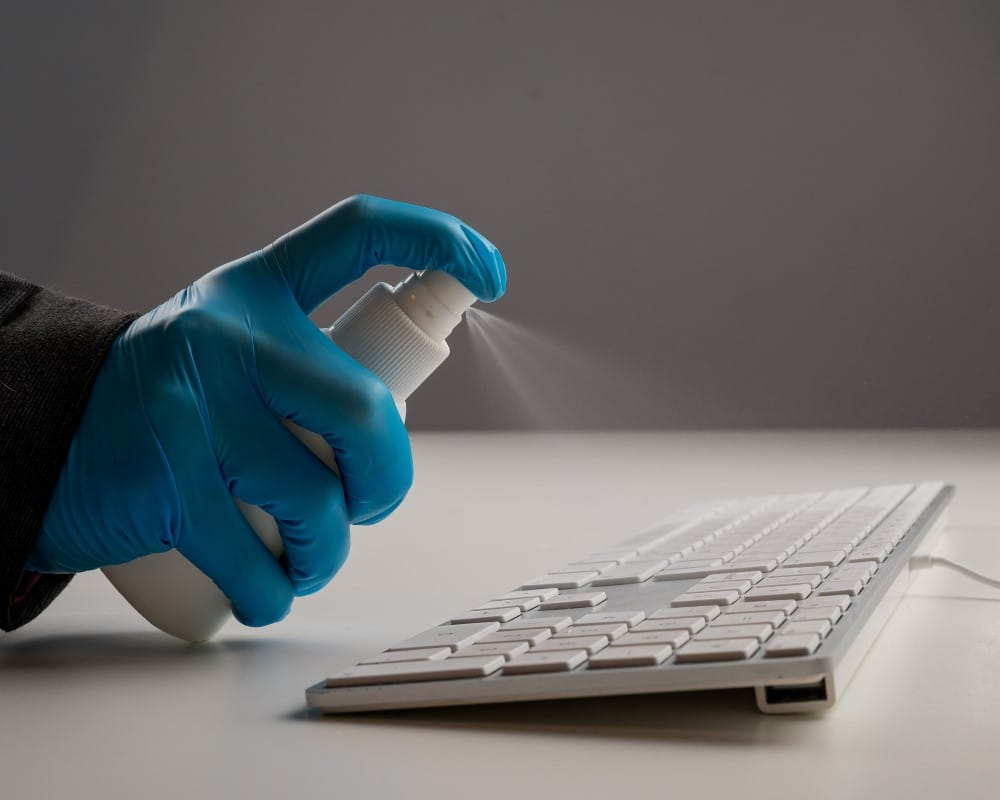
We have identified the surprising germ hotspots in the office. Now, what can you actually do about it? Here are some simple steps you can take to stay a little safer:
1. Wash Your Hands the Right Way
By now, we know that hands are the main carriers of bacteria. In a shared office space, that means plenty of opportunities for germ transfer. Your best defense? Washing your hands properly.
According to the CDC, the correct way to wash your hands is with soap and water for at least 20 seconds. Do this especially after using the restroom, before eating, and definitely after sneezing or coughing.
2. Use Hand Sanitizer When Washing Isn’t Possible
The best way to get rid of germs on your hands is by washing them with soap and water. If soap and water aren’t available, use an alcohol-based hand sanitizer. Choose a sanitizer that contains at least 60% alcohol.
3. Clean and Disinfect Your Workspace
Remember those office surfaces and items we talked about? Be sure to clean and disinfect them at least once a week. In fact, it’s best to make desk cleaning part of your daily work routine.
But keep in mind—if you really want to eliminate those pesky germs, you need to do it properly. According to Dr. Charles Gerba, a microbiologist from the University of Arizona, simply wiping with a cloth can just spread germs around. To truly get rid of them, you need to use a disinfectant.
4. Avoid Sharing Personal Items
We often hear that sharing is caring, but when it comes to personal items, the opposite might be true. Keep items like headphones, mugs, and pens to yourself to limit germ transfer. Sometimes caring means not sharing germs.
5. Practice Respiratory Hygiene
Cover your mouth and nose when sneezing or coughing. Use a tissue or your elbow, not your hands.
Dispose of tissues properly and sanitize your hands afterward to prevent bacteria from spreading to your workspace.

